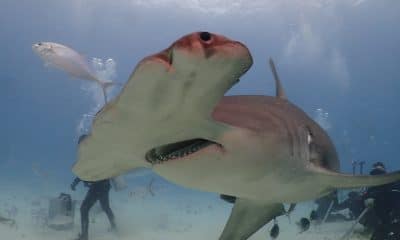Blogs
Where History and Diver Meet: Wreck Diving in Narvik
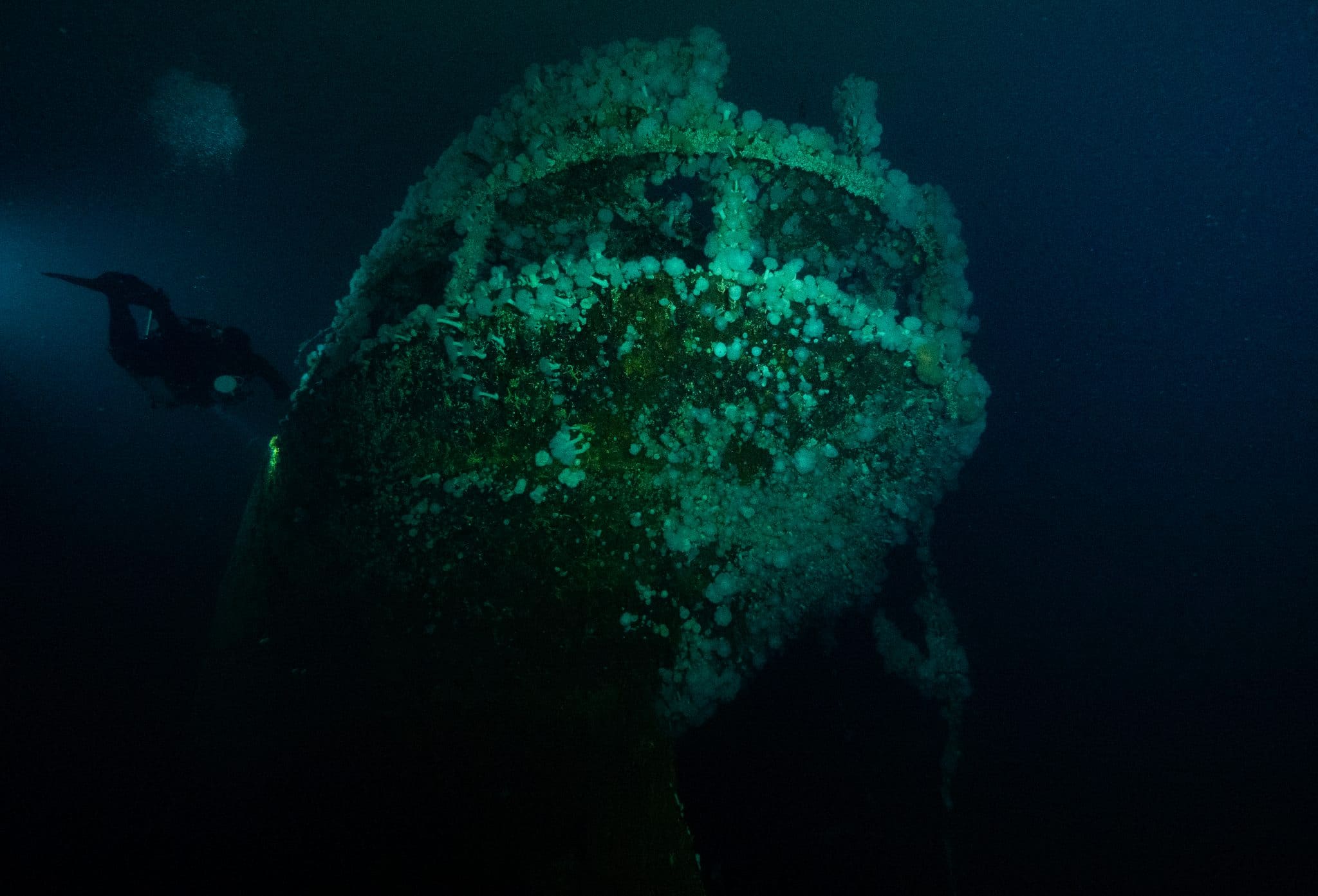
Guest article by Petra Pruden
Cool, clear waters provide exceptional conditions for preserving shipwrecks, and a one-of-a-kind opportunity for divers seeking to explore them. There is one particular location in Norway, near the city and fjord of Ofotfjord, Narvik, that, due to its ideal conditions and historical significance, make it remarkable for diving. Not only are the landscapes spectacular, but during WW2, three significant navy engagements took place there resulting in 16 wrecks accessible to divers today. It’s no surprise that divers such as Australian diver and wreck enthusiast, Edd Stockdale, have been drawn to this location to discover and learn about the wrecks left behind.
Diving with a Story
Located just north of the Arctic Circle in Norway, the coastal city of Narvik offers ice-free access to the North Atlantic. Narvik was a particularly important location in years past as iron ore from Sweden could be shipped there by train, loaded onto ships, and distributed. The city’s strategic foothold caused tension between the British and Norwegian navies and German forces, and they eventually fought to control the transport of iron. From April to June in 1940, three major battles were waged in this fjord resulting in many lives lost and numerous sunken ships. Today, the Narvik fjord is a popular wreck diving site, as the pristine, yet chilly, waters of this protected harbor offer divers and tourists alike an unforgettable, historical experience.
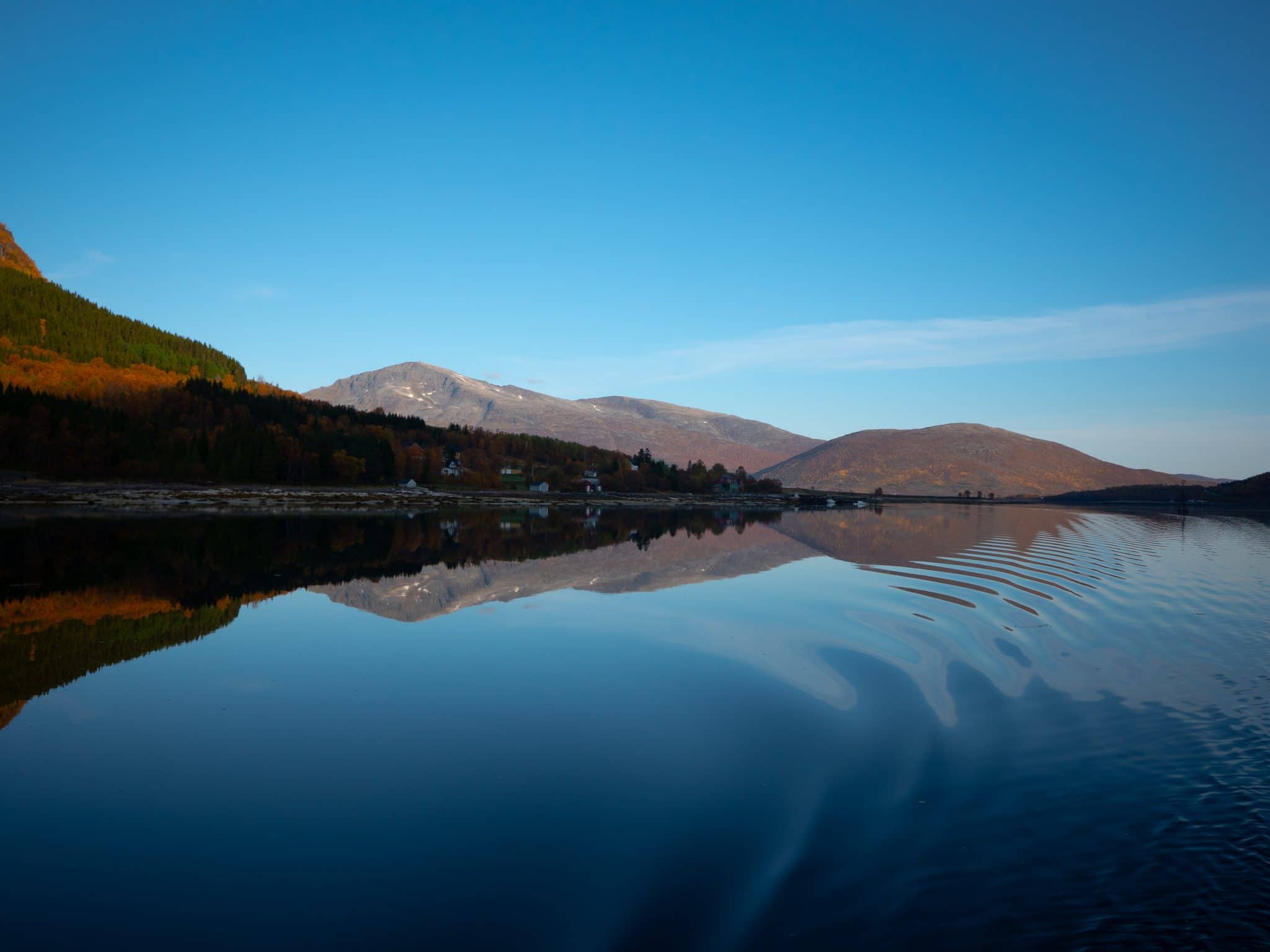
Edd Stockdale and His Trip to Narvik
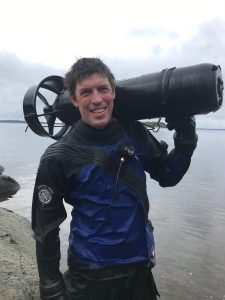
Edd Stockdale
One such diver who found himself drawn to the history and wonder of Narvik is Edd Stockdale. Edd first picked up diving as a boy, and his passion for the sport quickly turned into a lifelong career. Originally from Australia, Edd followed his love for cold dives and made Sweden his new home. With over 5,500 dives in his logbook, 20 years-worth of diving experience, and his name gracing the cover of several prominent training course manuals (RAID instruction manuals), Edd is the kind of guy to take you on a true adventure. Given that his home in Sweden is (relatively) close to Narvik, this last year he made the drive to the famous location to discover some of the wrecks for himself.
Once Edd reached the harbor, he was joined by a group of Swedish and Finnish wreck divers, explorers, and historians aboard an old Swedish minesweeper, the Galten. “Our days generally consisted of getting up at a reasonable time, having breakfast, and getting our rebreathers ready for the day’s diving,” described Edd, then further adding, “We dropped a shot-line at each wreck we visited, then staggered the entry teams to allow time for decompression. Each dive took between 2-3 hours, and after we were finished and the shot-lines recovered, we got to enjoy a relaxing evening on the ship, which, in true Norwegian form, even included a sauna.”
The Erich Giese
With as many as 16 wrecks in the vicinity of Narvik, it’s difficult for divers, Edd included, to choose a favorite dive. “On past dives, I enjoyed visiting the Erich Giese, a German Z class destroyer that sits in about 65 meters of water,” recalled Edd. Back in the late 1930s, the Erich Giese was part of Nazi Germany’s Kriegsmarine, or, in other words, the German navy. During the early stages of the Norwegian Campaign, this ship engaged in naval combat with two British destroyers as it tried to make its way out of Narvik Harbor. Although it was temporarily successful in defending its escape, narrowly dodging five torpedoes fired by the British, it was eventually reduced to a burning wreck after enduring as many as 20 turret shots.
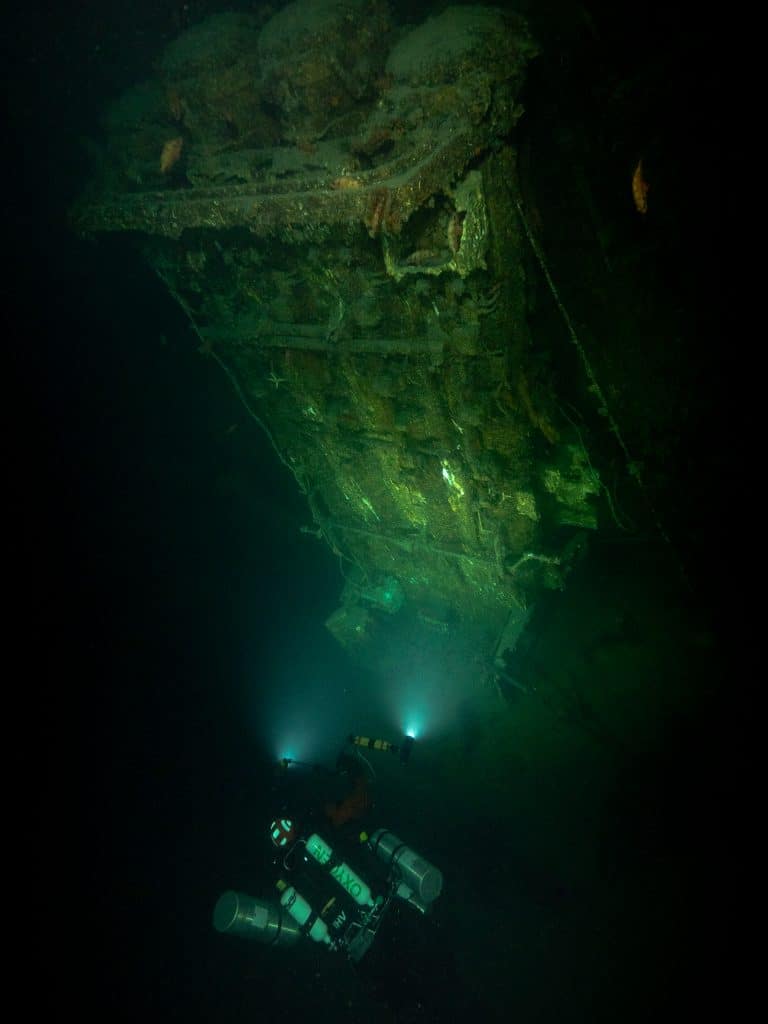
Aft Torpedo launcher Erich Gise
The Landego
Apart from diving the Erich Giese for the first time, Edd was also able to explore the D/S Landego, which he described as “stunning to see up close, with many of its details remaining intact, if not for the Arctic marine life that has taken to living onboard.” The Landego also shares a rather intriguing war story. According to Norwegian reports, the ship was requisitioned by the Germans and used to lay cable for military communication purposes. However, as it turned out, the exact spot chosen by the Germans for laying the cable was an active minefield. The Landego struck a mine, exploded on impact, and cost the lives of 9 men onboard. Today it sits approximately 300 meters offshore and provides divers with an extraordinary diving experience.
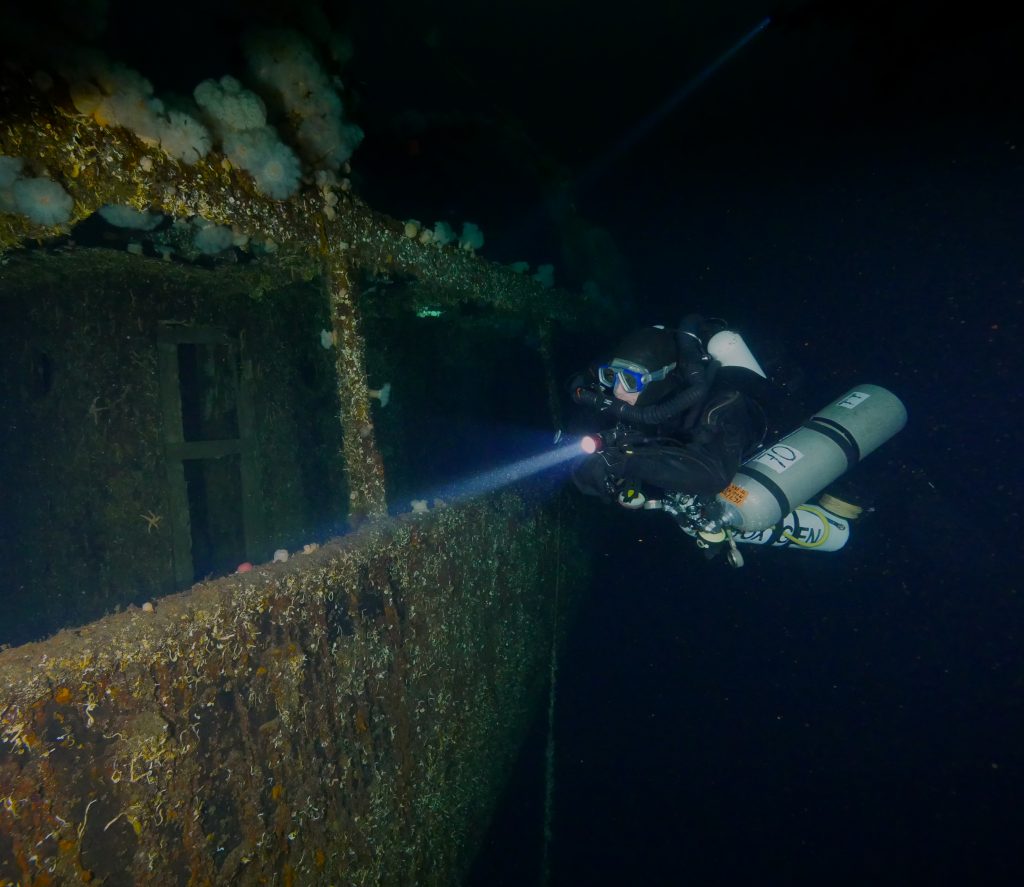
Diver on port side of Landego
If Wrecks Could Speak
It seems the more you look into the history of each wreck in this area, the closer you come to understanding the difficult circumstances many of these men were forced to endure. For Edd, learning the stories of the wrecks he dives has become standard practice. “As with every dive we go on, we are briefed beforehand on the history of the site, which we can then use to compare with the photos and videos we later capture on our dive. This provides our trip with extra meaning, especially in a place like Narvik, where such a large naval conflict was carried out in a relatively small body of water.” It’s interesting, yet also harrowing, to think that a German invasion from 1940 ultimately turned into what is today seen as one of Europe’s top wreck diving destinations.
After learning about the ships’ backstories, Edd and his team are eager to get in the water and start exploring. Edd dons his Liberty sidemount rebreather which allows him to better pass through some of the smaller doorways and access points of the wrecks. Once in the water, Edd and his team take their time searching the sunken ships, combing over details such as torpedoes and bullet holes, and comparing what they found under the water with what they had learned during the briefing. They also take care to document everything they see with their underwater cameras, and even go so far to share videos of their experience on YouTube. This is the perfect way for Edd to relive some of the moments of these dives, while also providing newcomers with some insight on what to expect before getting in the water.
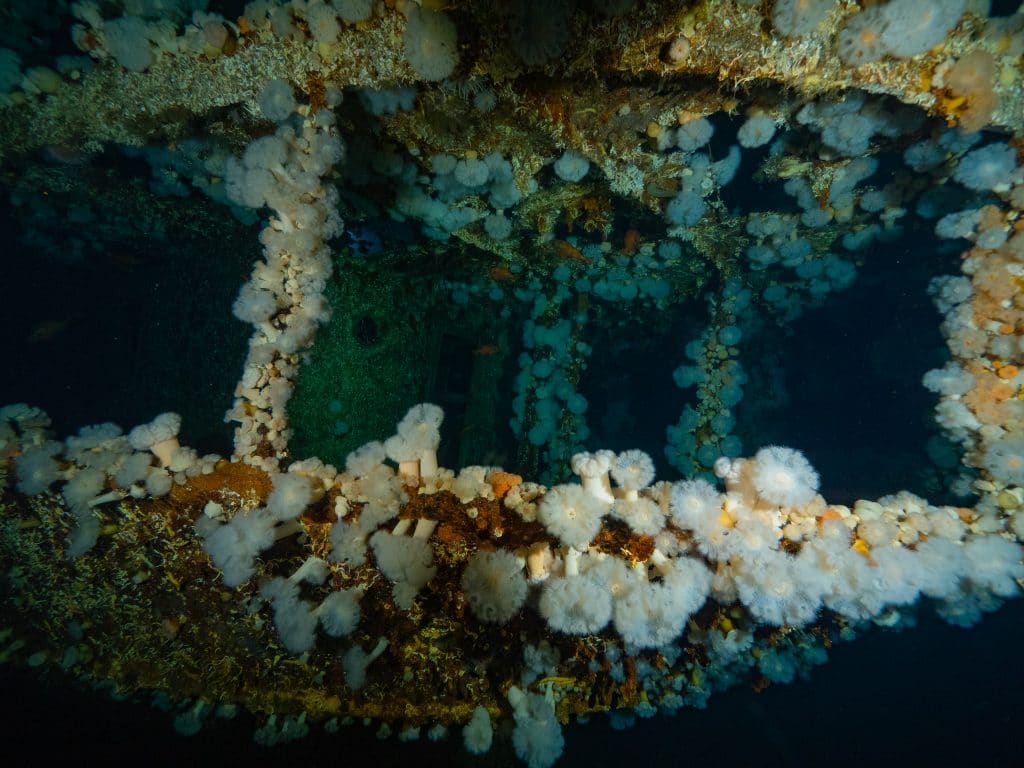
Ladego Stern Deck
Plans for the Future
When asked if he would recommend Narvik to fellow divers, Edd replied with enthusiasm, “Basically, if you like brilliant wreck diving, clear water, stunning scenery, and impressive, historically-relevant dive sites, Narvik is the place for you.” He then went on to add, speaking as a professional diver, that one of Narvik’s greatest advantages is that many of the wrecks sit in 10-30 meters of water, meaning even shallow range divers can discover these remarkable WW2 shipwrecks.
Plus, with so many wrecks located in one fjord, Narvik is the ideal location for divers to make return visits. Edd is already planning his next trip to the area, adding, “Narvik is one of the greatest places to go and teach wreck penetration courses. And, given that wreck photography is a hobby of mine, there’s no better place for me to keep visiting and get all my amazing shots in one place.”
A Destination to Dive
For most divers, just the fact that 16 accessible shipwrecks can be found within such close proximity of one another is reason enough to visit this unique spot. Plus, with the striking landscapes of the Norwegian fjords, the rich history to be discovered, and need we mention the saunas, it’s easy to see why Narvik could command the top slot on divers’ bucket lists. If you’re ready to see for yourself what Edd Stockdale and his team have been so enchanted by, pack your gear and head north to this unforgettable place. Perhaps you could even join Edd there!
Edd Stockdale is an Ambassador for Divesoft. Find out more about the CCR Liberty at www.divesoft.com/en/products/ccr-liberty
Blogs
EXCLUSIVE: Jeff Goodman interviews Mark Spiers, CEO of New Scuba Diving Training Agency NovoScuba

In a video recorded exclusively for Scubaverse.com, Jeff Goodman interviews Mark Spiers, CEO of new scuba diving training agency NovoScuba.
Find out more about NovoScuba at www.novoscuba.com.
Blogs
The Ocean Cleanup Breaks 10,000,000 KG Barrier

The Ocean Cleanup, the global non-profit project, has removed a verified all-time total of ten million kilograms (22 million lbs.) of trash from oceans and rivers around the world – approximately the same weight as the Eiffel Tower.
To complete its mission of ridding the oceans of plastic, The Ocean Cleanup uses a dual strategy: cleaning up the Great Pacific Garbage Patch (GPGP) to remove the plastic already afloat in the oceans, while stopping the flow of plastic from the world’s most polluting rivers.
Through cleaning operations in the GPGP and in rivers in eight countries, the cumulative total of trash removed has now surpassed ten million kilograms. This milestone demonstrates the acceleration of The Ocean Cleanup’s impact, while underlining the astonishing scale of the plastic pollution problem and the need for continued support and action.
While encouraging for the mission, this milestone is only a staging point: millions more tons of plastic still pollute our oceans and The Ocean Cleanup intends to continue learning, improving and innovating to solve this global catastrophe.
This announcement comes as governments from around the world meet to continue negotiations to develop a new legally binding instrument to end plastic pollution at INC4 in Ottawa, Canada. Representatives of The Ocean Cleanup will be in attendance and the organization will be urging decision-makers to collaborate towards a comprehensive and ambitious global treaty which addresses plastic at all stages of its life cycle and in all marine environments worldwide, including in areas beyond national jurisdiction.
It is encouraging to see that the need for remediation is reflected in the various options for potential treaty provisions. It is essential that the final treaty contains clear targets for the remediation of legacy plastic pollution, and reduction of riverine plastic emissions.
Tackling plastic pollution requires innovative and impactful solutions. The treaty should therefore incentivize the innovation ecosystem by fostering innovations that make maximal use of data, technology and scientific knowledge – such as those designed and deployed by The Ocean Cleanup.
‘After many tough years of trial and error, it’s amazing to see our work is starting to pay off – and I am proud of the team who has brought us to this point.’ said Boyan Slat, Founder and CEO of The Ocean Cleanup. ‘While we still have a long way to go, our recent successes fill us with renewed confidence that the oceans can be cleaned.’
The Ocean Cleanup was founded in 2013 and captured its first plastic in 2019, with the first confirmed catch in the GPGP coming soon after the deployment of Interceptor 001 in Jakarta, Indonesia. After surpassing one million kilograms of trash removed in early 2022, the non-profit project has since progressed to the third iteration of its GPGP cleaning solution, known as System 03, and a network of Interceptors currently covering rivers in eight countries, with more deployments set for 2024.
About The Ocean Cleanup
The Ocean Cleanup is an international non-profit organization that develops and scales technologies to rid the world’s oceans of plastic. They aim to achieve this goal through a dual strategy: stemming the inflow via rivers and cleaning up the legacy plastic that has already accumulated in the ocean. For the latter, The Ocean Cleanup develops large-scale systems to efficiently concentrate the plastic for periodic removal. This plastic is tracked and traced through DNV’s chain of custody model to certify claims of origin when recycling it into new products. To curb the tide via rivers, The Ocean Cleanup has developed Interceptor™ solutions to halt and extract riverine plastic before it reaches the ocean. Founded in 2013 by Boyan Slat, The Ocean Cleanup now employs a broadly multi-disciplined team of approximately 140. The foundation is headquartered in Rotterdam, the Netherlands.
For more information, visit: theoceancleanup.com and follow @theoceancleanup on social media.
-

 News3 months ago
News3 months agoCapturing Critters in Lembeh Underwater Photography Workshop 2024: Event Roundup
-

 Marine Life & Conservation Blogs3 months ago
Marine Life & Conservation Blogs3 months agoCreature Feature: Swell Sharks
-

 Blogs2 months ago
Blogs2 months agoMurex Resorts: Passport to Paradise!
-

 Blogs2 months ago
Blogs2 months agoDiver Discovering Whale Skeletons Beneath Ice Judged World’s Best Underwater Photograph
-

 Gear Reviews3 weeks ago
Gear Reviews3 weeks agoGEAR REVIEW – Revolutionising Diving Comfort: The Sharkskin T2 Chillproof Suit
-

 Gear Reviews3 months ago
Gear Reviews3 months agoGear Review: Oceanic+ Dive Housing for iPhone
-

 News2 months ago
News2 months agoPADI Teams Up with Wellness Brand Neuro to Drive Ocean Change and Create a Blue State of Mind
-

 Marine Life & Conservation2 months ago
Marine Life & Conservation2 months agoSave the Manatee Club launches brand new webcams at Silver Springs State Park, Florida











